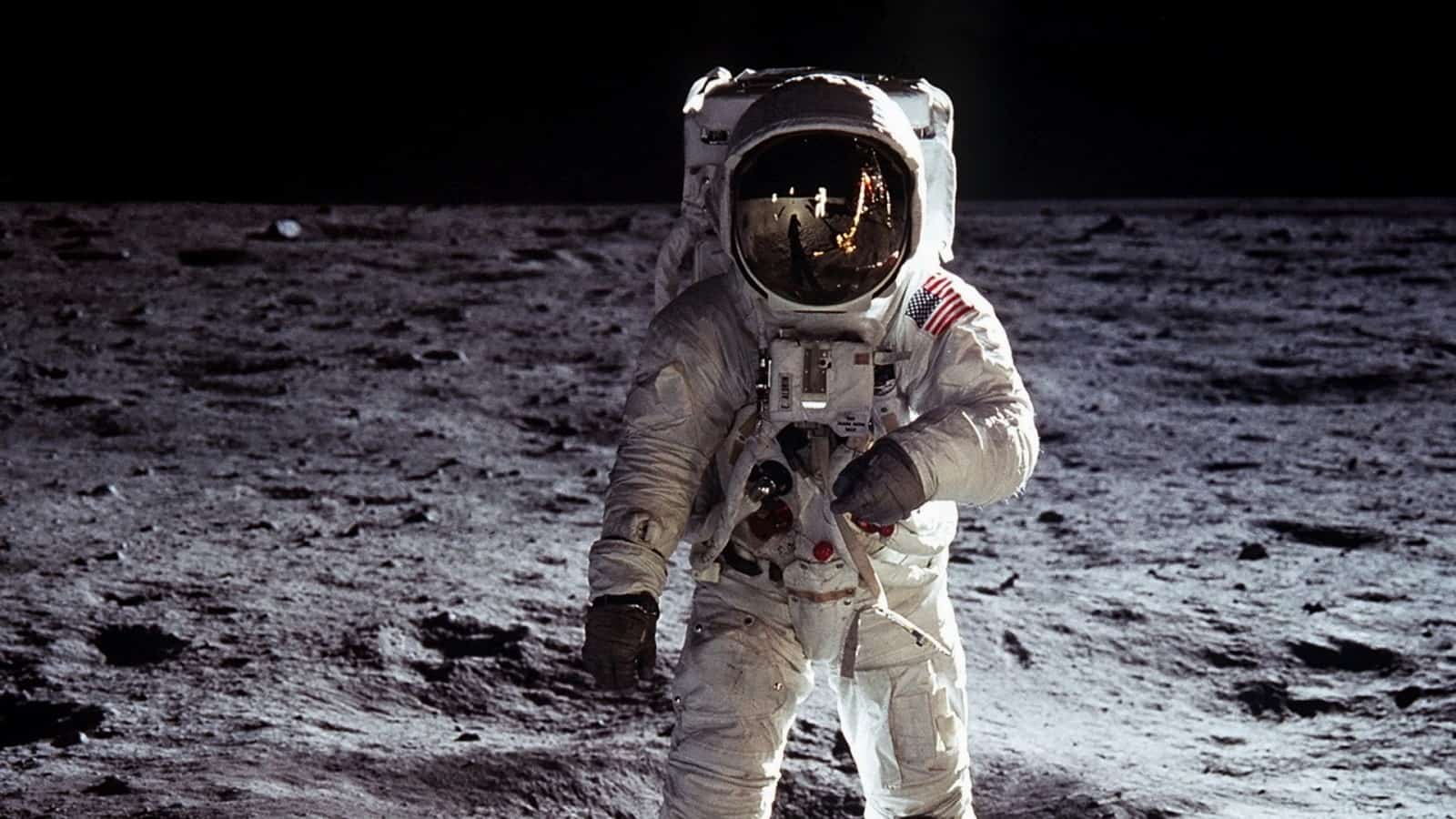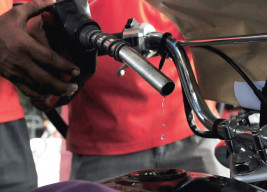
Scientists at Johns Hopkins Medicine have reported that human bioengineered heart tissue samples weakened after spending 30 days aboard the International Space Station (ISS), highlighting the adverse effects of low gravity on the heart.
Researchers arranged for 48 heart tissue samples to be sent to the ISS, where they were compared to Earth-based samples from the same source. Results revealed that the tissues in space showed a significant decline in strength, beating at nearly half the rate of those kept on Earth.
The scientists noted that heart tissues "really don't fare well in space," with long-term exposure to low gravity conditions potentially posing serious risks to astronauts' heart health during prolonged space missions. These findings offer valuable insight into how low gravity impacts cardiovascular function and could also provide models for studying heart muscle aging and treatments on Earth.
Previous studies have indicated that some astronauts return from space with reduced heart muscle function and irregular heartbeats. While some of these effects subside after their return to Earth, researchers are exploring how to mitigate the damage.
In March 2020, a SpaceX mission carried bioengineered heart tissues to the International Space Station (ISS), where real-time data was collected every 30 minutes to monitor cell contractions and beating patterns.
Astronaut Jessica Meir maintained the samples by changing the liquid nutrients weekly, and preserved them for later genetic and imaging analysis.
Upon their return to Earth, the heart tissues were found to be weaker and developed irregular heartbeats, with a delay between beats about five times longer than normal. Although the delay almost returned to normal after the samples returned to Earth, researchers noted the sarcomeres—protein bundles that help muscle cells contract—became shorter and disordered, resembling signs of human heart disease.























COMMENTS
Comments are moderated and generally will be posted if they are on-topic and not abusive.
For more information, please see our Comments FAQ